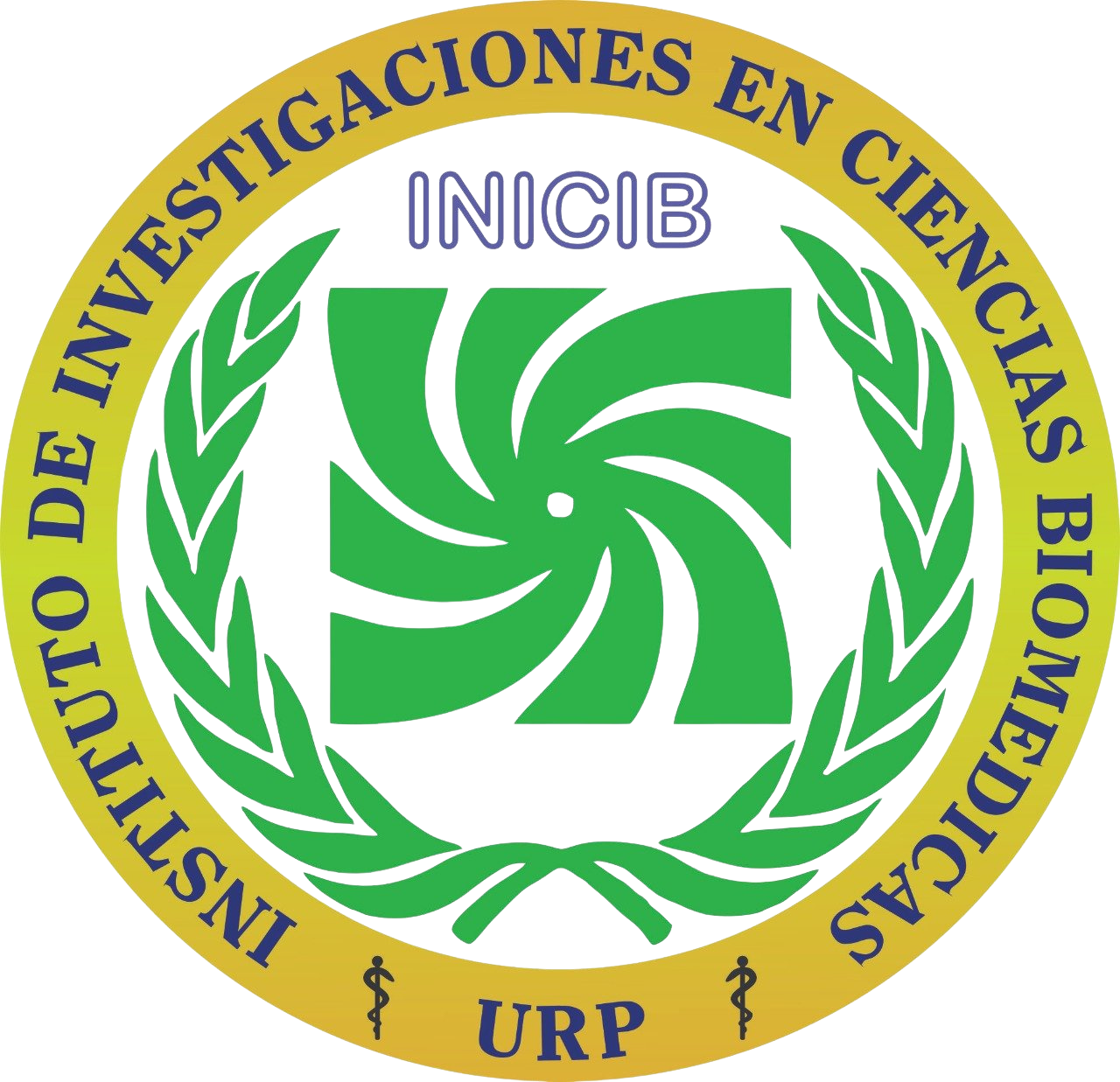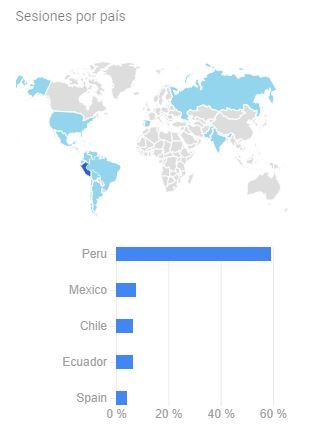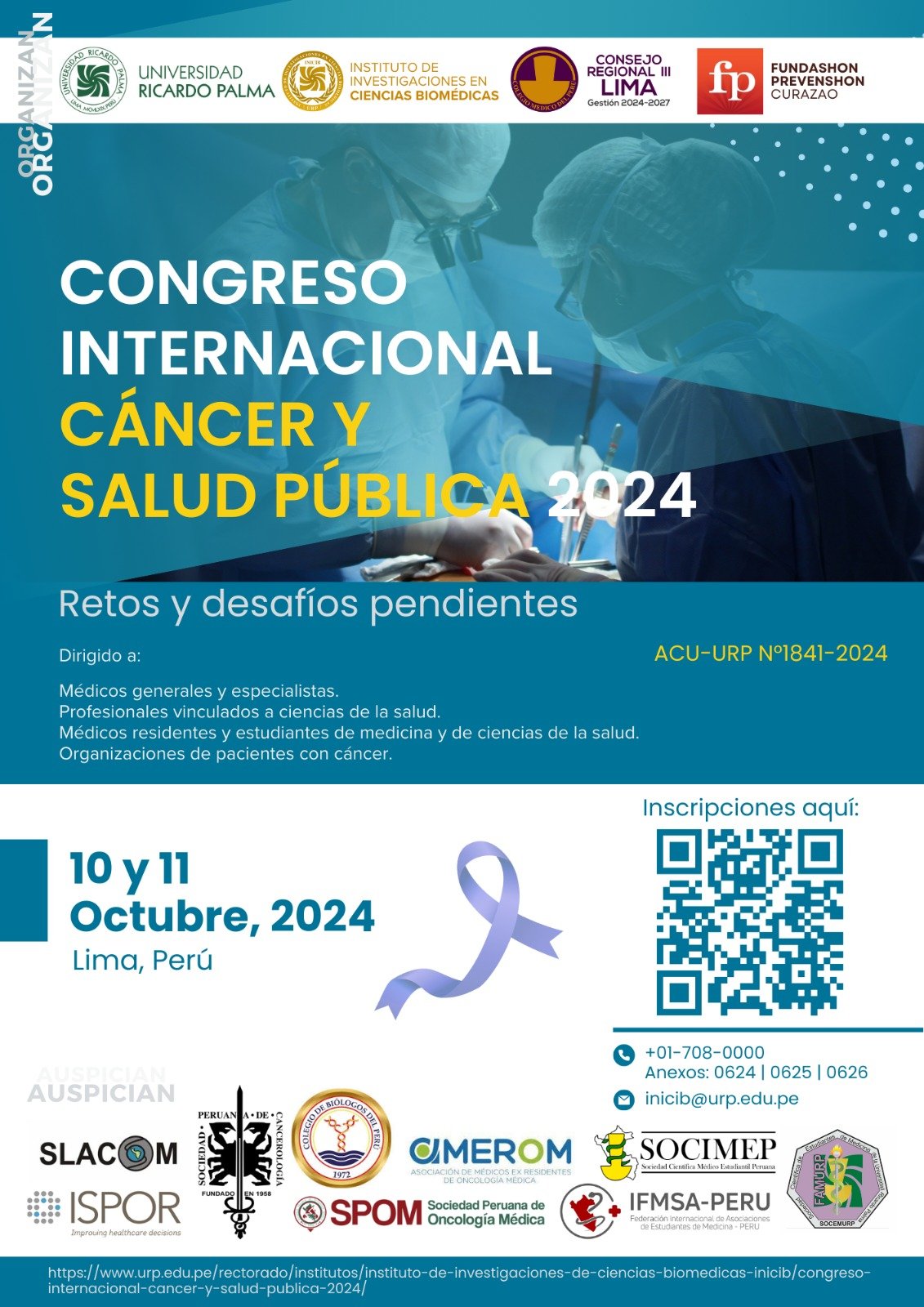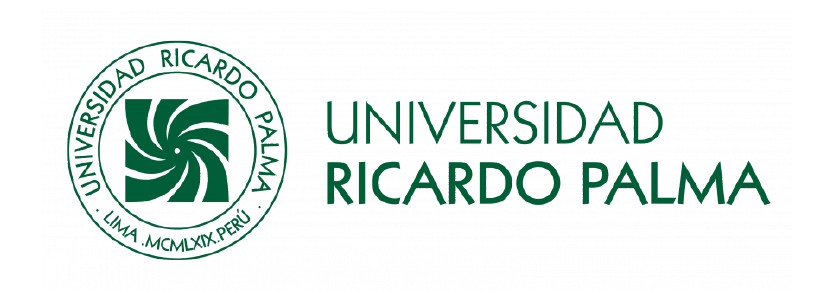Enfermedad de kawasaki en una lactante
Kawasaki disease in a infant
Palabras clave:
Enfermedad de Kawasaki, Tratamiento farmacológico, Vasculitis, InmunoglobulinaResumen
RESUMEN La enfermedad de Kawasaki es una enfermedad febril aguda de la infancia caracterizada por vasculitis de las arterias de tamaño medio, extraparenquimatosas, con predilección por las arterias coronarias. La etiología sigue siendo oscura, lo que dificulta los esfuerzos para desarrollar una prueba de diagnóstico y tratamientos dirigidos. Se presenta el caso de paciente femenino de 9 meses de edad ingresada a emergencia del Hospital Nacional Edgardo Rebagliati Martins por presentar fiebre, exantema polimorfo en tórax y miembros inferiores con progresión central, asociado a prurito, inyección conjuntival y edema en manos y pies. Teniendo en cuenta el examen físico y los resultados de los estudios complementarios efectuados se diagnosticó enfermedad de Kawasaki, por lo cual se indicó inmunoglobulina vía endovenosa (3 dosis) y ácido acetil salicílico. Palabras clave: Enfermedad de Kawasaki; Tratamiento farmacológico; Vasculitis; Inmunoglobulina (fuente: DeCS BIREME)
DOI:
10.25176/RFMH.v18.n3.1599Descargas
Descargas
Publicado
Cómo citar
Número
Sección
Licencia
Derechos de autor 2018 Revista de la Facultad de Medicina Humana

Esta obra está bajo una licencia internacional Creative Commons Atribución 4.0.





































